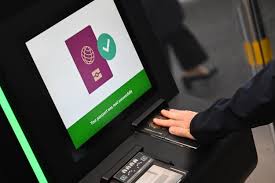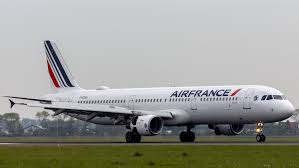On Sunday, member states of the European Union started implementing a new system for entering and leaving the bloc at its exterior borders, which involves electronically recording the data of non-EU nationals.
Over the course of six months, travelers will be required to register at the border by scanning their passports and providing their fingerprints and a photo to use the Entry/Exit System (EES), an automated system.
In response to political pressure in certain EU nations to adopt a more stringent approach, the action aims to deter illegal migration, combat identity fraud, and identify overstayers.
In a statement, European Internal Affairs and Migration Commissioner Magnus Brunner said, “The Entry/Exit System is the digital backbone of our new common European migration and asylum framework.”
SIX MONTHS FOR ASSIGNMENT
When entering the Schengen area, which includes all EU member states except Ireland and Cyprus, as well as Iceland, Norway, Switzerland, and Liechtenstein, non-EU nationals are required to register their personal information.
Facial biometric verification will be the only requirement for subsequent trips.
On April 10, 2026, the system is expected to be fully functional, with electronic records replacing the need for passport stamping.
“Every third country national who arrives at an external border will undergo identity verification, security screening, and registration in the EU databases,” Brunner stated.
He added that “the six-month rollout gives member states, travelers, and businesses time to transition smoothly to the new procedures.”
The procedure will take place at the border before departure from the United Kingdom for British passengers using the Port of Dover, the Eurotunnel terminal at Folkestone, or the Eurostar terminal at London’s St Pancras International.
Starting on Sunday, only freight and coach traffic will be subject to EES checks at Dover and the Eurotunnel port.
While the Eurostar at St Pancras will progressively implement the new procedure beginning with a few business travelers on Sunday, passenger vehicle checks at Dover and Eurotunnel will follow in November and before the end of the year, respectively.
British Minister for Border Security and Asylum Alex Norris stated, “We have worked closely with our European partners to ensure the rollout goes as smoothly as possible because we recognize that EES checks will be a significant change for British travellers.”
“The UK and EU have a shared objective of securing our borders, and these modernization measures will help us protect our citizens and prevent illegal migration,” Norris stated.

















